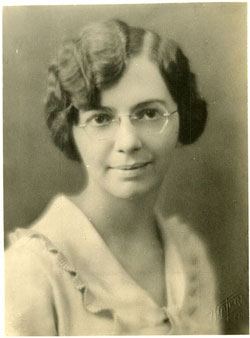
Source: Florence Barbara Seibert (1897-1991), Smithsonian, Wikimedia
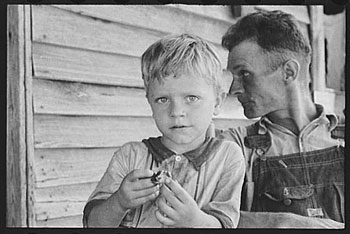
Source: Charles Burroughs and Floyd Burroughs, Hale County, Alabama, Walker Evans, Wikimedia
The reason you were able to infer something about Nick and Marjorie is because they are round characters—not rotund like Humpty Dumpty, but well-rounded, or having more than one aspect to their personalities. Because they have multiple traits, round characters are believable. Flat characters, on the other hand, are fairly uncomplicated with little dimension.
In The Wizard of Oz, the Wicked Witch of the West is a flat character. In Wicked, a Broadway play set in the land of Oz, author Gregory McGuire delves deeper into the background of the green-skinned witch and rounds out her supposedly misunderstood character (although L. Frank Baum understood her quite well).
Even without complete descriptions of Nick and Marjorie, in the story you have been reading by Hemingway, you get the sense they could have been real people. As believable characters, they seem to be doing things a young couple in the early twentieth century in northern Michigan might have done. They react to each other as complex, multidimensional characters might.
In this last part of the narrative, the underlying tension in the relationship between Nick and Marjorie comes to a head. Tension is critical in both a fishing line and in a good story. Without this conflict, there is no short story. In novels and short stories, the major character must have a hurdle to jump, an obstacle to overcome, or a problem to solve. The nature of conflict differs, but all conflicts are categorized into one of four types.
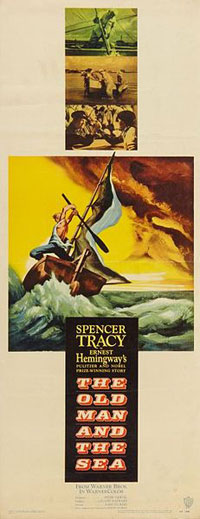
Source: The Old Man and the Sea (1958 film), Bill Gold, Wikimedia
Character vs. nature
One external conflict is character vs. nature. Formidable forces of nature can be in conflict with the character. They might be a mountain to scale, arctic cold to survive, or a fish to catch.
In another well-known work by Ernest Hemingway, The Old Man and the Sea, the character Santiago battles with a giant marlin. Santiago is in conflict with nature.
Character vs. character
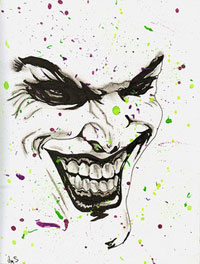
Source: Day 10 -The Joker-, amouse, Flickr
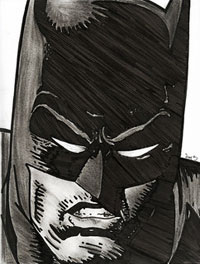
Source: Day 9 -Batman-, amouse, Flickr
Another type of external conflict recognized in literature is character vs. character. Fiction has plenty of examples of these adversarial relationships: Batman vs. the Joker, Robin Hood vs. the Sheriff of Nottingham, and of course, Dorothy vs. the Wicked Witch of the West.
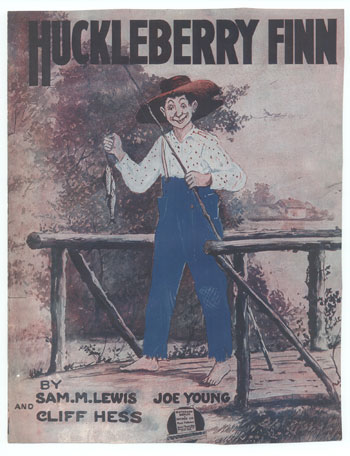
Source: Huckleberry Finn, Library of Congress
Character vs. society
A third type of external conflict is character vs. society. In Adventures of Huckleberry Finn, Huck rebels against “civilized” society by helping his friend Jim escape slavery, which was considered acceptable and legal in the pre-Civil War South.
Character vs. self
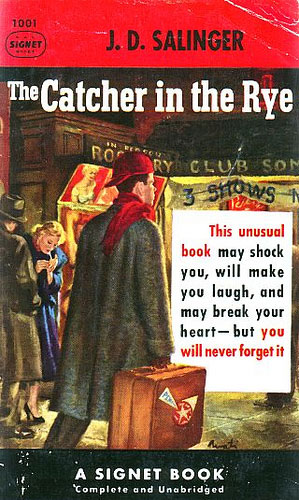
Source: The Catcher in the Rye, OrangeCamperVan, Flickr
Last is the internal conflict identified as character vs. self. An example is found in The Catcher in the Rye in the main character of Holden Caulfield. He is primarily in conflict with himself, unable to interact successfully with others in a world he considers phony.
Which of the four types of conflict is dominant in “The End of Something”? If you answered character vs. character, you’d be right. The types of conflict often overlap within one work of fiction, however, so character vs. self might also be accurate in this story.
Now that you have finished the story, enjoy this plot enactment by British television’s BBC and respond to the embedded questions.